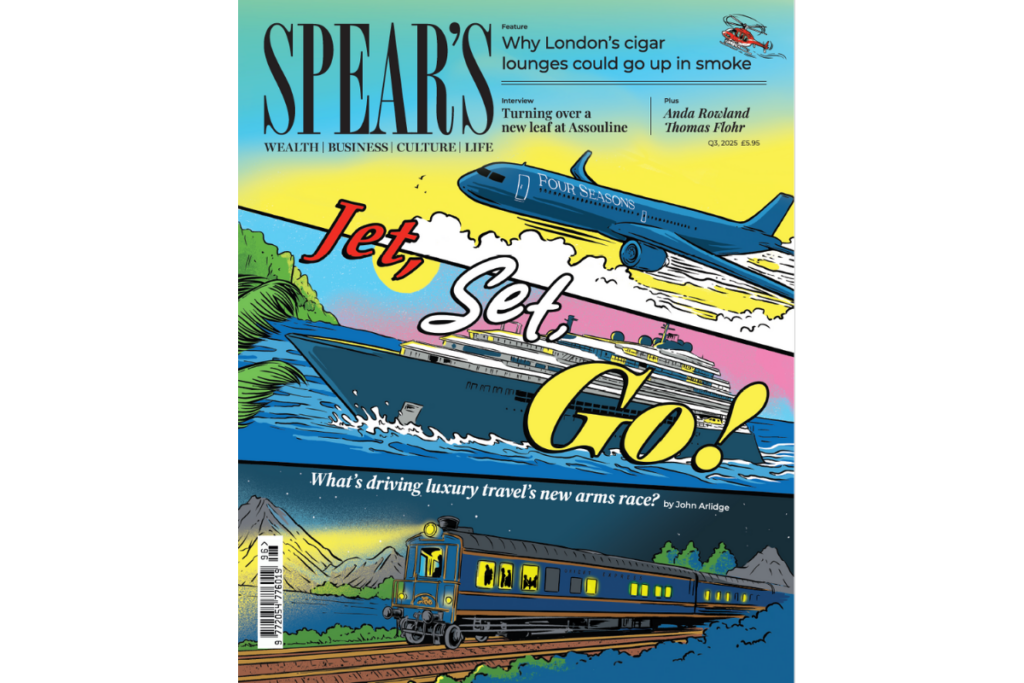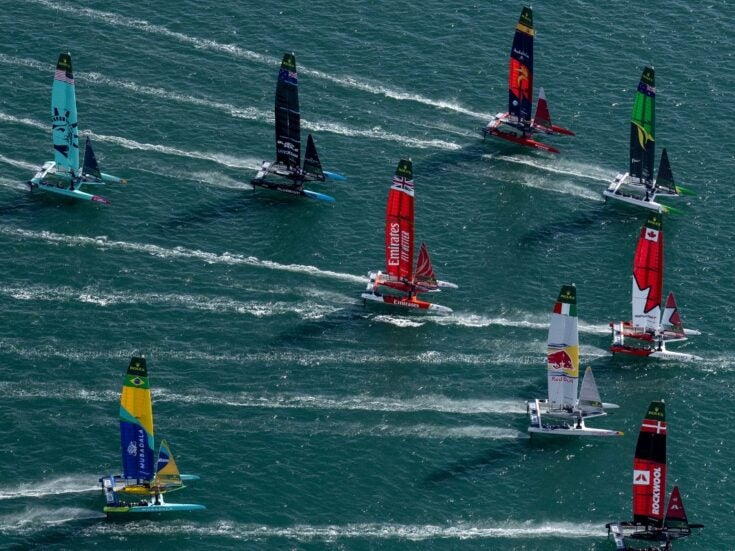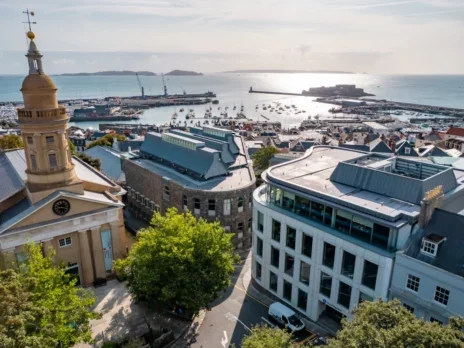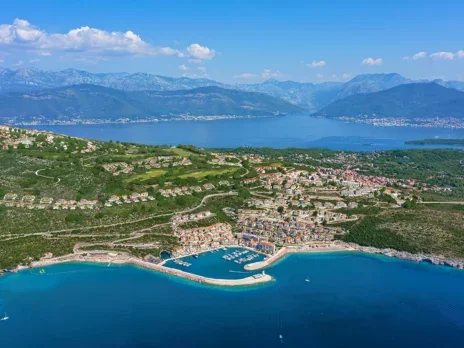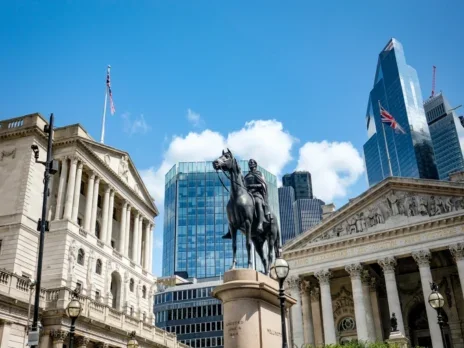
At Louis Armstrong airport in New Orleans, an Airbus A321 in Four Seasons livery is tearing down the runway. As Captain Phil Ansell and first officer Dan Robertson ease forward the throttle in the hotel brand’s own private jet, it begins to speed towards its destination: the Four Seasons Tamarindo resort on the Pacific coast of Mexico.
Two days later the plane – and I, as one of the 24 passengers – will be back in the US, in Miami. It will then head off on a two-week tour, taking in Mexico City, Easter Island, Bora Bora, the Great Barrier Reef, Bangkok, Amman, the lost city of Petra, the Pyra-mids, Taormina (and yes, that hotel), and Madrid – alas, without me this time. The cost of this high-end hopscotch? $229,000 per person.
[See also: Mansour Ojjeh’s exceptional McLaren car collection up for sale]
High-end ‘all-inclusive’ family holidays
Dropping the best part of $1 million on a family holiday for four is seldom done lightly by even the most ultra of ultra-high-net-worths, but demand is so strong that Four Seasons is considering buying other, smaller jets to create even more exclusive private jet tours. The Canadian hotel group created its current airborne itinerary by adapting the cruise ship model – great destinations, seamless travel, all-inclusive charging – and simply replacing the ship with a jet. And what a jet it is. There are only 48 cream leather guest seats, a bar, a Dom Pérignon-stocked fridge, and when the flight attendant says ‘light refreshments’, she means caviar.
Flights take place during the day whenever possible; no red-eyes. A car takes me to a private part of the airport or dedicated private terminal, where staff whisk me through border control and up the stairs on board. Four Seasons staff fill out immigration and customs forms in advance, so I don’t have to bother. After landing, my luggage is delivered straight to my closet in my hotel room come dinnertime – steamed and pressed. (I could get used to this.)
As well as the Ancient Explorer odyssey from Miami to Madrid, there is also the African Wonders trip, taking in the Pyramids of Egypt, Rwanda to see the mountain gorillas, a safari in the Serengeti, Mauritius and Victoria Falls. Other popular itineraries include World of Adventures, which almost circumnavigates the world, starting in Singapore in its 2026 iteration and going on to the Seychelles, Marrakech, Bogotá, the Galápagos Islands and Miami.
Four Seasons used to have the skies to itself, but not any more. Geoffrey Kent, founder of Abercrombie & Kent, has got in on the act by creating bespoke private jet tours to adventurous locations, many in Africa and Asia. He will even fly you to the South Pole. Jimmy Carroll of Pelorus Travel uses private jets to offer clients the chance to heli-ski seven destinations in seven days: Alaska, British Columbia, Iceland, Sweden, Spain, India, Japan. The cost? $350,000 per person, based on four people.
Private jets are not the only new sector traditional hotel and travel companies are moving into. An arms race has broken out among upscale brands to create new experiences to attract the super-rich, who more than ever these days prize something that is truly a cut above.
[See also: The best wealth managers for high-net-worth clients]
Superyachts not cruises
Hotel chains building branded cruise ships is a hot new trend. The Ritz-Carlton Yacht Collection has launched the Evrima and the Ilma, and its third megayacht, Luminara, with room for 452 passengers, will set sail this summer. It will have seven restaurants, since it would never do to have dinner in the same place more than once in a week. The party piece on Explora Journeys’ new Explora yacht, meanwhile, is a conservatory-style swimming pool which turns into a starlit cinema at night.
Next January the first Four Seasons yacht will set sail. Working with Qatari investors, Four Seasons is spending £1 billion building three megayachts. Each ivory-coloured vessel will be a hefty 207m long, with 14 decks and a 20m-long swimming pool with a perforated steel floor that can be raised to create a dance floor, but each will have only 95 suites for 220 guests, served by 210 staff.
Earlier this year Jillian Ostek, right-hand woman to Prosper Assouline, the vessels’ creative director, showed me the rooms in a mock-up suite in Ancona, where the yachts are being built. Each room has an Art Deco residential style, more reminiscent of an elegant New York apartment block than a ship, and boasts a terrace ranging between nearly 6 and 13sq m (64–140sq ft). One of the vessel’s suites is the largest yet built on a yacht. The four-deck, 927sq m (9,975sq ft) Funnel Suite has 280° views, three bedrooms, dining and living areas, a gym, an outdoor shower, a pool and a private lift.
Meanwhile, the Orient Express, owned by French hotel giant Accor, will launch in partnership with Bernard Arnault’s LVMH a 220-metre, 54-suite vessel in 2026. The Corinthian will boast a Guerlain spa, watersports and food by French chef Yannick Alléno, whose restaurants in Paris and Courchevel hold a cumulative 17 Michelin stars. Not to be outdone, Aman is creating a 50-suite cruiser called Sama.

Most of the new branded yachts will sail the Caribbean in winter and the Mediterranean and Adriatic in summer, but woe betide anyone who calls the journeys cruises. ‘The word “cruise” does have a slight mass-market connotation,’ Anna Nash, Explora’s new president, told Bloomberg recently. Use ‘ocean travel’ or ‘yachting ’instead.
A cabin on the new yachts starts at around £16,000 a week, rising to £250,000 for triplex penthouses, but Alejandro Reynal, chief executive of Four Seasons, reports little or no sticker shock among hotel regulars booking the Four Seasons yacht. ‘We have established the booking pattern to have journeys filled to capacity,’ he tells me in an interview in his Miami office.
What happens in the air and on the waves also happens on land. Hotel and rail operators are trying to re-create the golden age of rail travel. Belmond has relaunched the Orient Express and created the Britannic Explorer in the UK, while Italy boasts the new Dolce Vita Orient Express.
[See also: VistaJet founder Thomas Flohr: ‘Our subscription model hits the sweet spot’]
High end, high emissions
It might seem odd that a luxury travel arms race would break out at a time of war, tariffs and stock market wobbles, but the super-rich are often insulated from such shocks, and travel has become perhaps the most extravagant status symbol of them all. Stand at the bar on the Qatar Airways or Emirates A380 or take a seat at the brunch table at the Surf Club in Miami and the most common question you hear in the never-ending game of high-stakes one-upmanship is: ‘And where are you going next?’
There is a 600lb gorilla in the corner, of course, and its name is carbon. Private jets and cruise ships burn plenty of fuel. ‘It is a tough one,’ Reynal concedes. He points out that the emissions for each leg of one of his firm’s private jet itineraries are fully offset through investment in nature-based projects that meet best-in-class Plan Vivo or Verra certifications. Fincantieri, the Italian builder of the Four Seasons yacht, is ensuring it is ‘one of the most energy-efficient, sustainable vessels out there’. Reynal adds that most guests ‘want to make sure that whatever their experience, from a travel perspective, it doesn’t damage the environment’.
Whatever the concerns, demand for ever fancier experiences shows no sign of abating. Reynal will soon launch a new Four Seasons drive, ‘which is a similar experience to the private jet, but on the road with luxury vehicles’. Soon get-there-fast-and-ritzy folks will be able to fly in the Four Seasons jet to a Four Seasons hotel, do a Four Seasons drive to the Four Seasons yacht and sail away. ‘Our vision is to create a luxury ecosystem, with sea, air, land,’ Reynal says. Space is now the only frontier left. ‘We’re not going to go to space,’ he tells me. Yet.
This article first appeared in Spear’s Magazine Issue 96. Click here to subscribe
